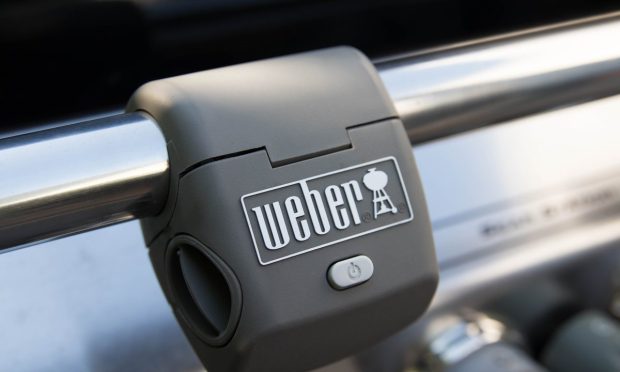From Grill Academies to New Stores and More D2C, Weber Moves to Dampen Inflation Headwinds

In its short six-month life as a public company, outdoor grill maker Weber has faced challenges and investor pressure not seen in its 70-year existence. Hit with rising freight costs and inflation that’s running at generational highs, the suburban Chicago manufacturer’s stock has fallen 35% from its August initial public offering (IPO), and left it with little choice but to innovate in the face of external adversity.
In Weber’s case, the answer to the economic malaise is a plan that will increase both physical and digital connectivity with its growing global customer base, backed by a raft of new products and efforts to grow its direct-to-consumer (D2C) and eCommerce initiatives.
If you’re a social influencer who likes grilled meat, then Weber wants to hear from you.
“We opened seven new Weber stores in the first quarter alone, bringing our total store count to 200 globally, and we’re on track to launch substantial website upgrades as well as new social influencer programming in all global markets [this quarter],” CEO Chris Scherzinger said during the company’s fiscal Q1 earnings call Monday (Feb. 14).
The company has already engaged ten celebrity chefs to launch its new “Ambassadors” program, and increased its digital tutorials and social outreach, such as its “Burning Questions” blog.
People and Places
Weber is not only growing its own base of physical stores and “grill academies,” but is deepening its ties with existing retailers serving different customers, including outdoor recreation chain REI, local hardware store, as well as major appliance dealers like Best Buy and large multi-category sellers like Canadian Tire, Amazon and Costco.
As it stands, Weber’s D2C and digital businesses currently account for about 12% of sales, and the company is looking to expand its customer base and boost that number with a mix of new revenue streams.
“We have a number of exciting consumer programs going live or being piloted in 2022 to deepen user engagement and drive new recurring revenue streams, such as instructional video classes, grill trade-in events across Australia, as well as warranty and maintenance service programs.”
There are also plans afoot to expand and deepen the company’s presence in emerging and developing markets, with the company’s most significant growth in the quarter coming from Mexico, Chile, Italy, eastern Europe and China, which Scherzinger said was an “exciting investment opportunity.”
Handling Headwinds
To be sure the next six months for Weber — and most other manufacturing businesses — are not expected to be a whole lot different than the prior few quarters.
“We are not expecting conditions to normalize during this fiscal year and our projections currently have inbound freight representing 16% of our full year cost of goods sold,” Scherzinger said.
As a percentage of sales basis, he said, those costs have tripled in the past two years, from 3% to 10% of sales, with freight costs alone “creating a $150 million headwind on the business that is difficult to overcome in the short term.”
Like other retailers and brands, Weber is trying to mitigate some of these cost pressures with price increases, which it said it had done three times in the past 12 months and expects to start seeing the benefit from over the next several quarters.
“In the face of today’s challenges, it’s in our DNA to keep an eye on the future and deliver the strategies and initiatives that will create shareholder value for many years to come,” Scherzinger said.
